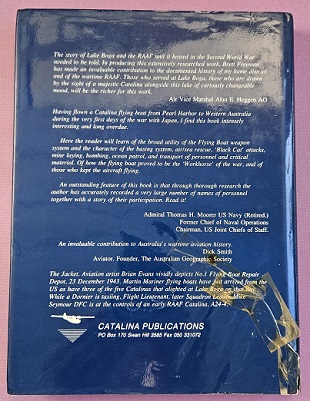Description
Title: Die Like the Carp
Author: Gordon, Harry
Condition: Very Good
Edition: 1st Edition
Publication Date: 1978
ISBN: 0726932434
Cover: Hard Cover with Dust Jacket – 240 pages
Comments: The history of the Cowra Escape and the 22nd Australian Garrison Battalion.
During World War II, a prisoner of war (POW) camp near the town of Cowra in New South Wales, Australia was the site of one of the largest prison escapes of the war, on 5 August 1944. At least 545 Japanese POWs were involved in the breakout.
Cowra, a farming district, 314 km due west of Sydney, was the town nearest to No. 12 Prisoner of War Compound, a major POW camp, where 4,000 Axis military personnel and civilians were detained. The prisoners at Cowra also included 2,000 Italians, Koreans who had served in the Japanese military, and Indonesian civilians detained at the request of the Dutch East Indies government.
By August 1944, there were 2,223 Japanese POWs in Australia, including 544 merchant seamen. There were also 14,720 Italian prisoners, who had been captured mostly in the North African Campaign, and 1,585 Germans, mostly naval or merchant seamen.
In the first week of August 1944, a tip-off from an informer at Cowra led authorities to plan a move of all Japanese POWs at Cowra, except officers and NCOs, to another camp at Hay, New South Wales, some 400 km to the west. The Japanese were notified of the move on 4 August.
In the words of historian Gavin Long, the following night:
At about 2 a.m. a Japanese ran to the camp gates and shouted what seemed to be a warning to the sentries. Then a Japanese bugle sounded. A sentry fired a warning shot. More sentries fired as three mobs of prisoners, shouting “Banzai”, began breaking through the wire, one mob on the northern side, one on the western and one on the southern. They flung themselves across the wire with the help of blankets. They were armed with knives, baseball bats, clubs studded with nails and hooks, wire stilettos and garotting cords.
The bugler, Hajime Toyoshima, had been Australia’s first Japanese prisoner of the war. Soon afterwards, most of the buildings in the Japanese compound were set on fire.
Within minutes of the start of the breakout attempt Privates Benjamin Gower Hardy and Ralph Jones (GC) manned the No. 2 Vickers machine-gun and were firing into the first wave of escapees, but they were soon overwhelmed by the sheer weight of numbers and killed. However, Private Jones managed to remove and hide the gun’s bolt before he died. This rendered the gun useless, thereby preventing the prisoners from turning it against the guards.
The actions of the Japanese POWs in storming machine gun posts, armed only with improvised weapons, showed what Australian Prime Minister John Curtin later described as a “suicidal disregard of life”. Nevertheless, 359 POWs escaped. Some prisoners, rather than escaping, attempted or committed suicide, or were killed by their countrymen. Some of those who did escape committed suicide, or were killed, to avoid recapture. All those still alive were recaptured within 10 days of the breakout.
During the escape and subsequent round-up of POWs, four Australian soldiers and 231 Japanese soldiers died and 108 prisoners were wounded. The leaders of the breakout commanded their escapees not to attack Australian civilians, and none were killed or injured.






